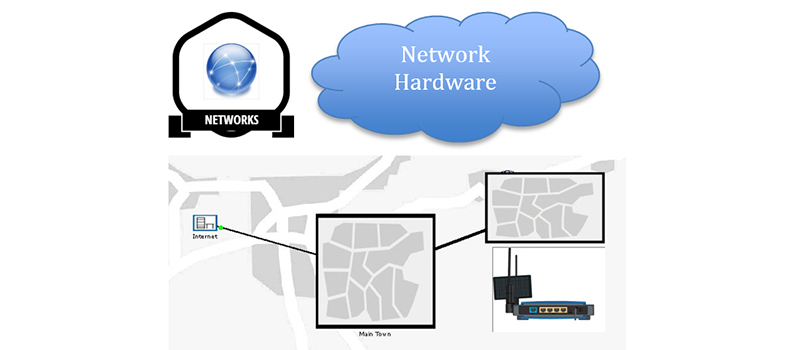3 TCP three-way handshake
- Because of the complexity of TCP operation, it needs to perform a three-way handshake to exchange sequence numbers prior to sending any data segments:

Figure 3
- The diagram shows the timeline of TCP information exchanged between a client device and a web server within a three-way handshake. The client selects a random number that represents its initial sequence number. (In the example above this is ‘1’, but in reality the number would be very large.) The client subtracts 1 from the initial sequence number (making it 0) and sets the SYN (synchronise) flag to ‘1’. You can see the SYN field in the TCP header diagram above: it is 1 bit in size. This information is sent to the web server in a short segment, without any application layer data.
- The server accepts the segment, noting the sequence number is ‘0’. The server recognises that this less than the client’s initial sequence number by 1, so it sets the sequence number for the client to ‘1’. It returns an acknowledgement number of ‘1’ back to the client in a short segment, with both the SYN and ACK (acknowledge) flags set to ‘1’. Note that the server has also picked an initial sequence number of 5000, which it reduced by 1 and sent within the ACK segment.
- The client receives the ACK segment and recognises that the server chose an initial sequence number of 5000. The server acknowledges this with an acknowledgement number of 5000 and sets the ACK flag to ‘1’. Both devices now know the initial sequence numbers each will use as part of their TCP exchange.
Back to previous pagePrevious
2 Transport layer – TCP
